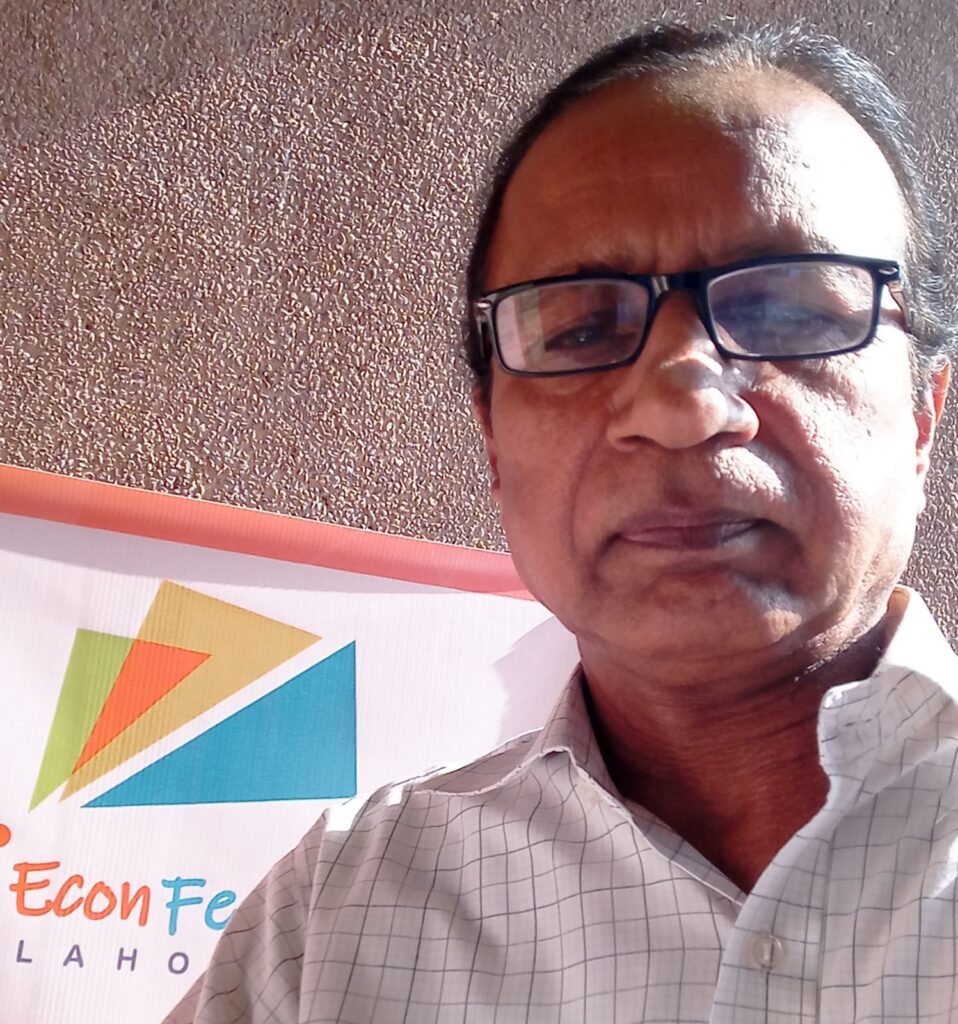The Political Kingdom of Pakistan
The Government of India Act 1935 declared “Pakistan” only as an independent dominion. Then in the constitution of 1956, the state was named as the “Islamic Republic of Pakistan.” However, when the constitution of 1962 was promulgated, the state of Pakistan found a new name, “Republic of Pakistan” with the prefix “Islamic” dropped. The same was restored to its original position in 1963. Down the road, the constitution of 1973 retained this nomenclature for the state of Pakistan; so the name resonates to this day.
… But one question has perennially been raising its head through the 7 decades of the history of Pakistani state: Did this naming, renaming, i.e. conversion and neutralization of the state of Pakistan make any difference to the life of the ordinary citizens of Pakistan? Has the politics which produced, abrogated, suspended or put in abeyance these constitutions
Bilawal – a political crown prince
History is replete with stories of off-springs used in order to seize and wield power. One such story has been narrated by Abdul Haleem Sharar in his excellent Urdu book, “Guzishta Lucknow” (Lucknow of the past). In its chapter on “Jang-e-Azadi aur Lucknow” (War of Independence and Lucknow), he writes: “The King, Wajid Ali Shah himself was in Calcutta, his family was in London, and . . . the conflict over the cartridges and government’s insistence suddenly caused a mutiny and from Merrut to Bengal such revolt flared up that the homes of every friend and foe were burnt and such a strife broke out that the foundations of British government in India appeared to be shaking.
… “The way rebels of Merrut etc came to be converged in Delhi and made Zafar Shah Emperor of India, likewise the rebels of Allahabad and

